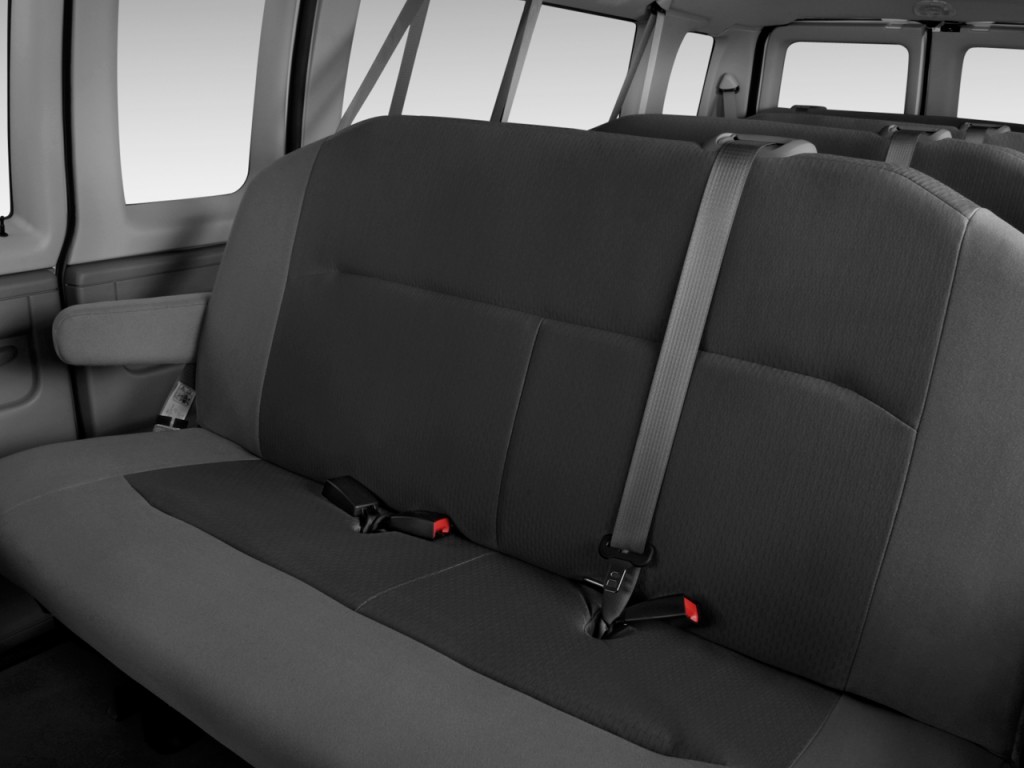

Check the driver’s side door pillar or the owner’s manual for the recommended tire size and pressure.

Excessively worn or improperly inflated tires can lead to a loss of vehicle control and possibly a rollover. A van’s tires, including the spare tire, need to be properly inflated and the tread should not be worn down. Tire Pressure: Inspect the tires and check tire pressure before each use.An unrestrained 15-passenger-van occupant involved in a single-vehicle crash is approximately four times more likely to be killed than a restrained occupant. Inspect seat belts regularly and replace any missing, broken, or damaged belts and/or buckles. Seat Belts: All occupants need to wear seat belts at all times.Remember that 15-passenger vans require additional braking time and cannot handle abrupt maneuvers the way cars can. Speed: Always obey the posted speed limit, and reduce your speed as needed based on road or weather conditions.
#Step vans and 15 passenger vans have drivers
Drivers shouldn’t drive more than 8 hours per day. Attention: Stay focused on the task of safe driving by being well rested, never using a handheld phone at the wheel, and limiting conversation with other passengers.It’s important to know that 15-passenger vans handle differently than cars, especially when fully loaded. Experience: Fifteen-passenger vans should only be driven by experienced, licensed drivers who operate this type of vehicle on a regular basis.When driving a 15-passenger van, drivers need to take the following safety precautions: Drivers and passengers must use caution to minimize the risks associated with these vehicles. While a 15-passenger van is convenient, it does not necessarily drive like a minivan.


 0 kommentar(er)
0 kommentar(er)
